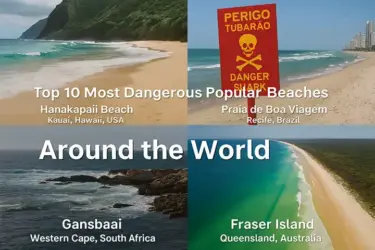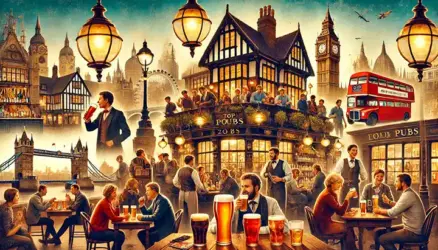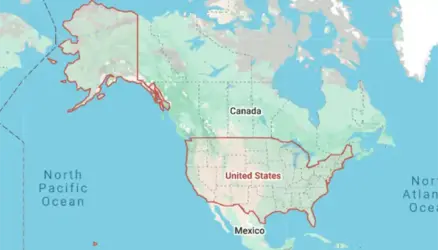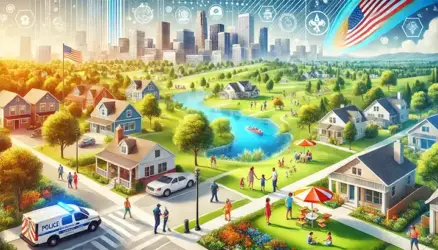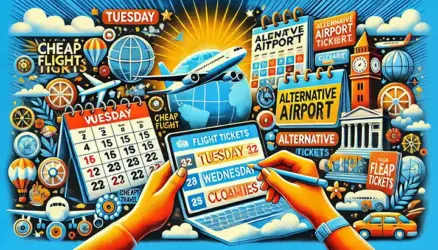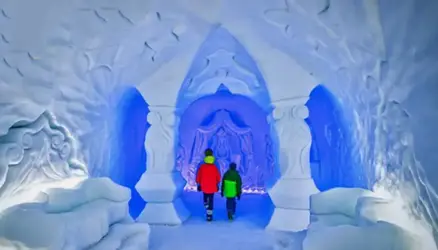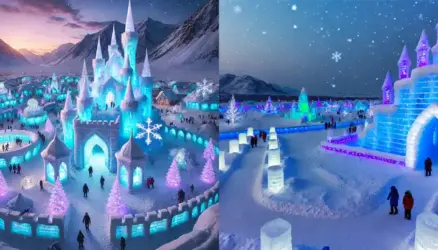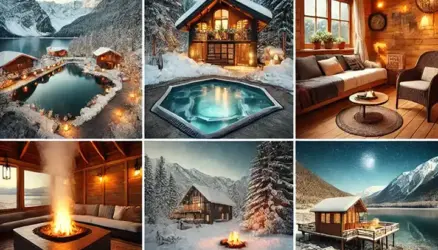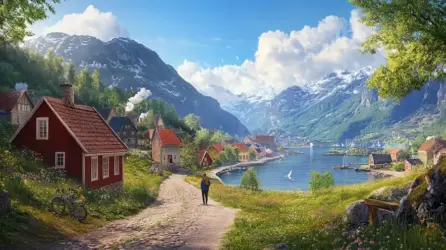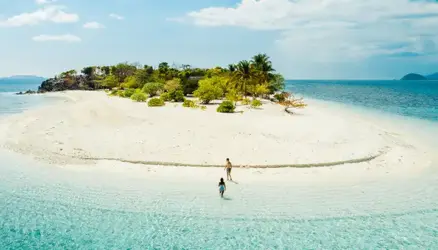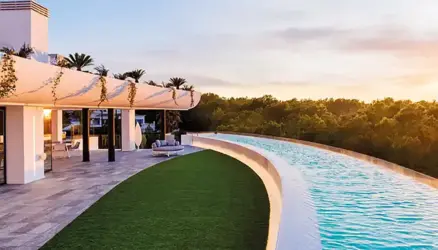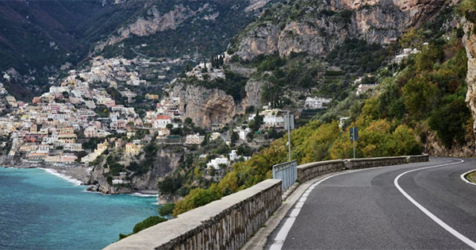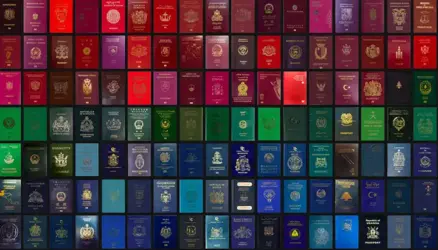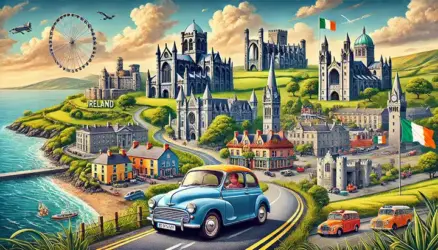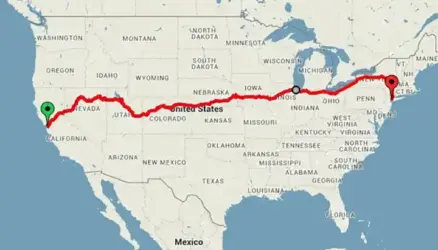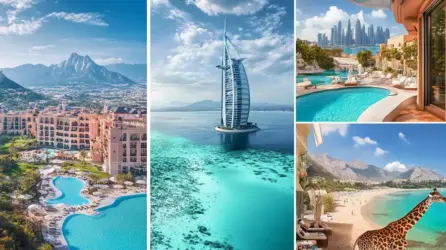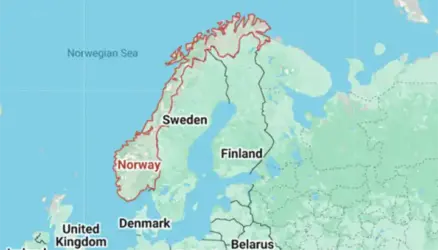Locals are the best people to rescue the Maldives coral reefs

For years, marine scientists have been a fixture of Maldivian resorts.
Typically, they are Europeans or Americans who are attracted to the region by large pay packages despite having little – if any – prior expertise.
Mariyam Thuhufa, a 25-year-old Maldivian marine biologist at Noonu Atoll’s new Siyam World resort, is an exception – albeit an increasingly common one at a time when it’s becoming clear that those born in the Maldives, which has the world’s highest level of marine plastic pollution, are the best spokespeople for ocean conservation.
Mariyam, who grew up on a neighbouring island before moving to Malé, the capital, to school, has always had a passion for the sea.

‘As a kid, I was always going into the ocean with my brothers, who were surfers,’ says Mariyam, who studied environmental management at university and then joined up for volunteer programs and internships. However, it was not a simple task.
‘It’s a poor country, and parents expect their children to do something else, so it’s difficult, and you have to do a lot of internships,’ says the student. Several non-governmental organizations (NGOs) provide these services.
‘I went for internships in fisheries, whale sharks, and turtles,’ she explains. ‘Fisheries are fascinating because they are intertwined with everything, particularly the economy.’
‘I was investigating grouper fisheries at the Maldives Marine Research Institute before coming to Siyam World. The government aims to make the industry more sustainable, but there is a lot of exploitation.’

Mariyam has spent a lot of time exploring the nearby coral reef since arriving to Siyam World.
‘I’m trying to figure out how healthy it is,’ she says. ‘We experienced El Nio from 2014 to 2016, when global marine temperatures climbed rapidly, causing mass bleaching. The reefs in this area were severely damaged.’
Mariyam has a better understanding of the speed at which harm happened because she is a local.
‘I was recently talking to an older dive instructor who had dived here about a decade ago, and he claimed it looked completely different.’ However, there is reason to be optimistic.

‘The reef is currently recovering,’ adds Thuhufa. ‘I’m working on a coral propagation and restoration program, and I’ll be gluing damaged pieces to frames to help the reef regrow. Some of them will be placed in the lagoon region to serve as nursery for smaller fish.’
Mariyam, who organizes snorkeling trips for those interested in learning more about her work, emphasizes that a healthy environment is more than simply coral.
‘The branching corals provide as a nursery for the smaller fish, but we also have a lot of marine life, from small species to larger ones like sharks, so we have predator life as well,’ she explains. ‘And you’ll require all of these items.’
Mariyam, a licensed rescue diver and freediver, believes that the strongest advocates are those who live in the area.

Fortunately, thanks to locals like Mariyam and Zoona Naseem, the first Maldivian female PADI course director and founder of the Malé-based Moodhu Bulhaa Dive Centre, more people are venturing under the seas.
Locals are being taught not only how to dive, but also how to become teachers at the center.
The teachers at Siyam World are all Maldivians, and Mariyam believes that bringing locals into the ocean is critical to marine conservation.
She explains, “I’ve done some work with youngsters from local islands to show them how to get into this type of employment. They’re so curious, and all they have to do is get in the water and conduct their own research.”

